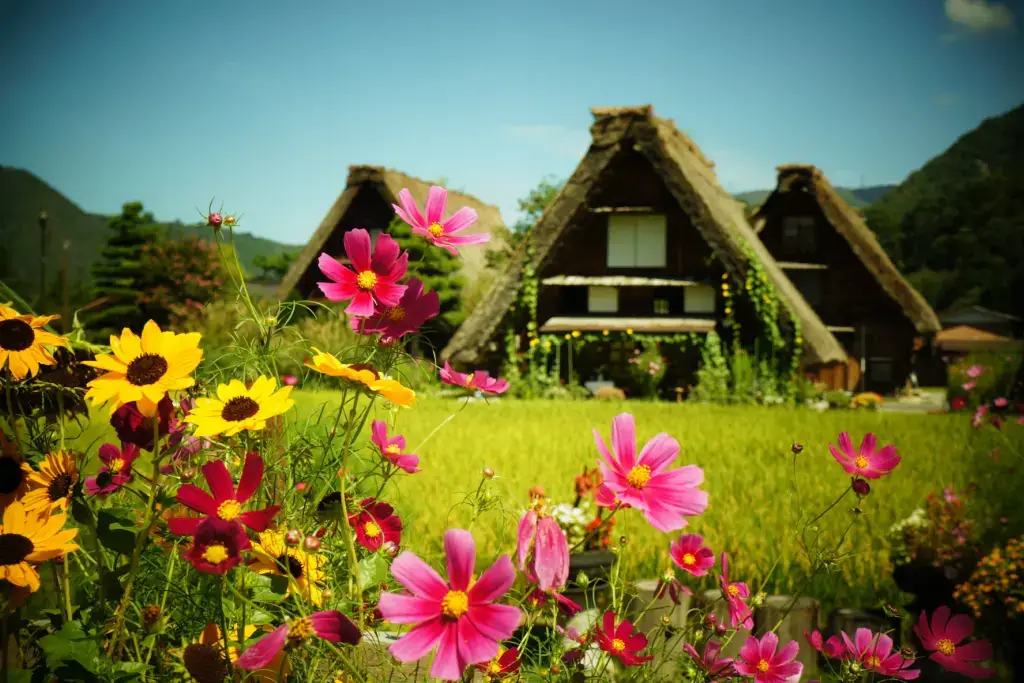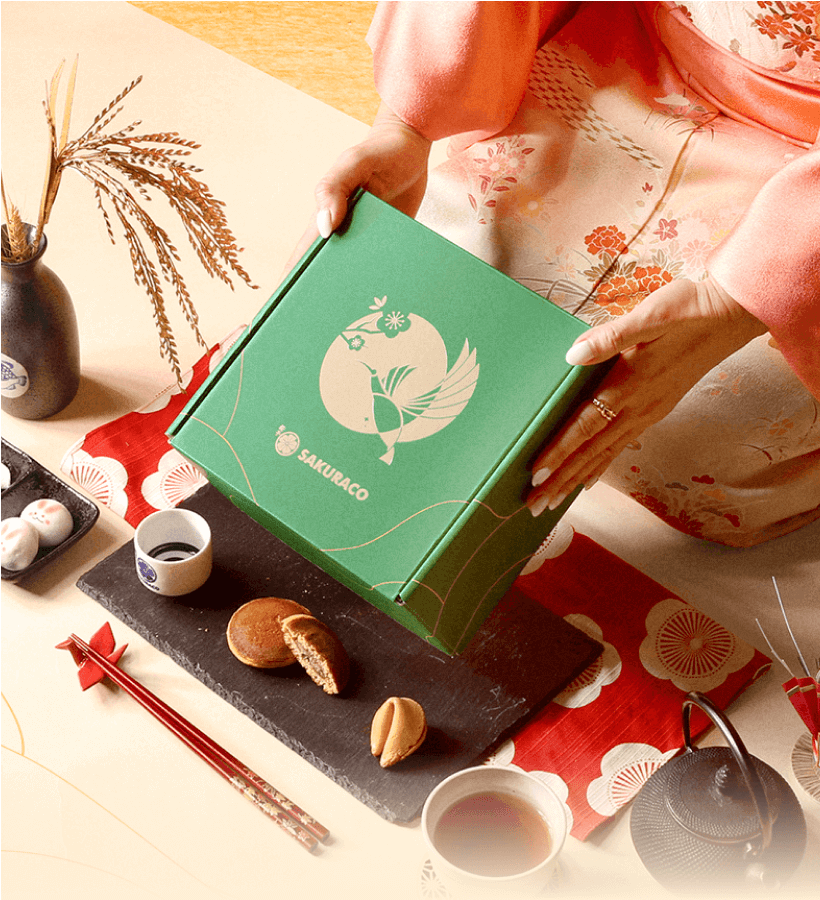If you love Japanese history, traditional architecture, and nature, you should check out the UNESCO World Heritage-listed village of Shirakawa-go! This village is a great day trip if you visit any prefecture in Japan’s Chubu region (central region). No matter what season you visit Shirakawa-go, you’ll have breathtaking views featuring Gassho-Zukuri houses and surrounding mountains.
Table of Contents
ToggleWhere is Shirakawa-go?
Shirakawa-go is a historic village in the Hida region of Gifu Prefecture, north of Takayama City. The Hida region in Japan is famous for its beautiful mountainous scenery, onsens, and delicious regional cuisine. For many centuries, it was a challenging region to reach. However, thanks to the development of transportation in the last two to three decades, you can visit it easily through public transport!
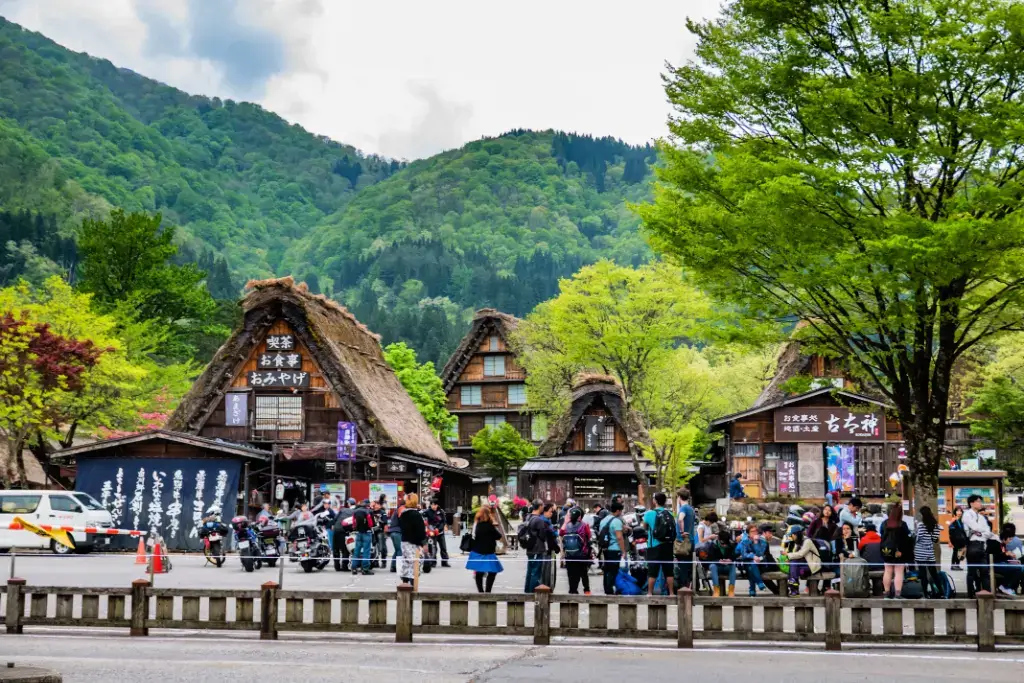
Shirakawa-go is accessible via direct bus from Takayama City. From the Takayama Nohi Bus Center, it takes about 50 minutes to get to Shirakawa-go. Direct buses from Kanazawa Station, Toyama Station, and the Meitetsu Bus Center in Nagoya also exist. If you’re visiting from Tokyo or Osaka, it will take about four hours, including transfers, to get there.
What does it look like?
Visiting Shirakawa-go may feel like looking into a time capsule of Japan’s past. The village contains Gassho-Zukuri farmhouses, which are the leading icons of Shirakawa-go. People built these houses between the middle of the Edo Period (1603-1867) and the beginning of the Showa Period (1926–89). Some of the houses are over 300 years old. What makes these houses so unique are their roofs, which use the Gassho style
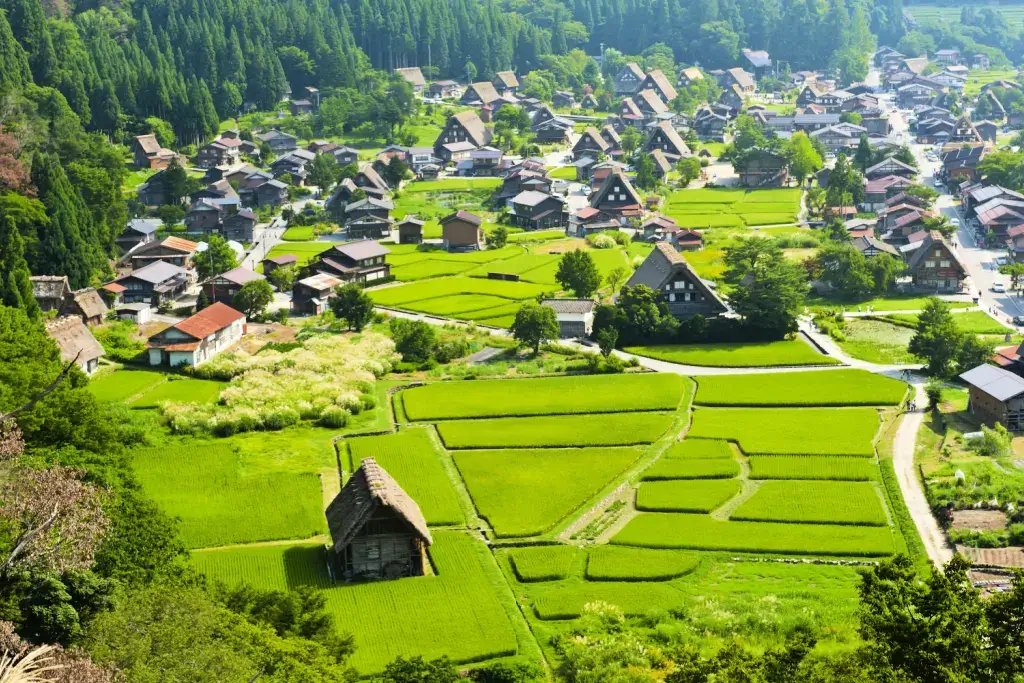
What is the Gassho style?
Gassho style refers to the shape of thatched roofs which look like two hands in prayer. The roof’s structure helped residents cope with heavy snowfall in the region. Additionally, the houses face north and south to minimize wind resistance. Another unique feature of the houses is that they use straw and wood from the surrounding forest; no nails or metal materials are used to construct the Gassho-Zukuri.
The thatched roofs also help with insulation during winter and summer. When heavy snow falls in winter, the houses look like gingerbread houses coated in white icing, which is a must-see! Every 30 years, construction workers rethatch the roofs; however, they are expensive to maintain, so some houses have switched to modern roofs. Many of the houses now are museums where you can go inside and see what farming life was like for locals during the Edo period.
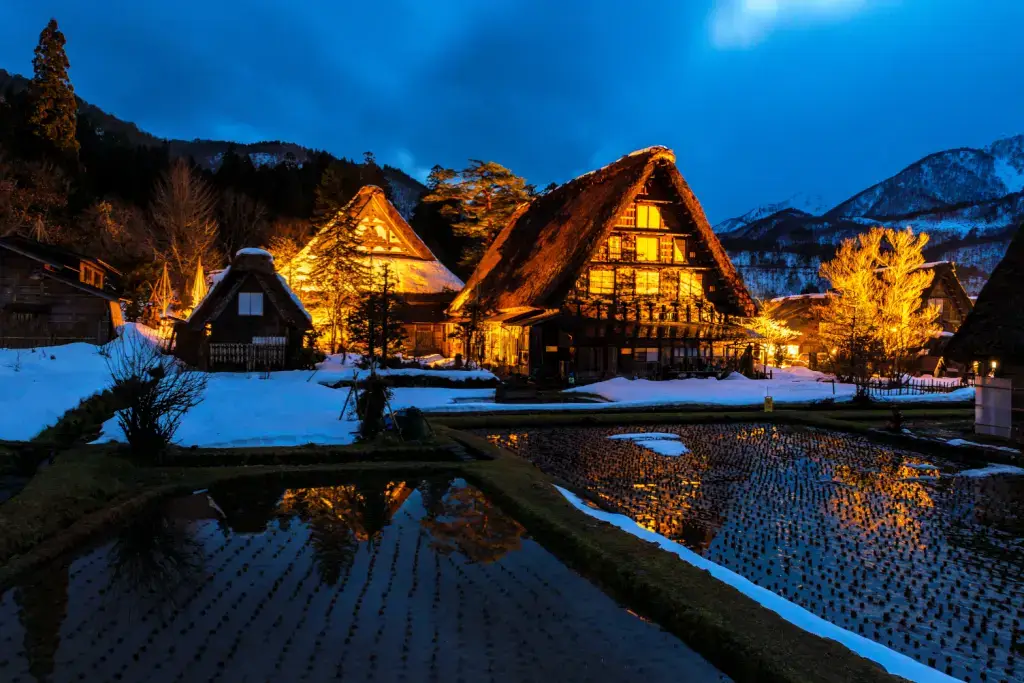
In addition to museums, Shirakawa-go has cafes where you can try regional food from the Hida region. One cafe in particular, Kita-no-sho, has been standing for 250 years! The best dishes in the area are the Hoba Miso Plate, Salt-grilled Fish, and the Hida Beef.
Are you looking for some snacks to enjoy while exploring Japan? Check out Sakuraco! Sakuraco delivers traditional Japanese snacks, teas, sweets, and snacks from local Japanese makers directly to your door so you can enjoy the latest sweets directly from Japan!
What makes it different from other historical sites in Japan?
Shirakawa-go was highly isolated from the general public until around the 1950s compared to other parts of Japan. This allowed many traditions and farming techniques to remain unchanged for centuries. However, due to socioeconomic changes within Japan in the last few decades, many people in rural areas chose to go to big cities and sell their properties. To preserve the village, the locals came up with three rules.
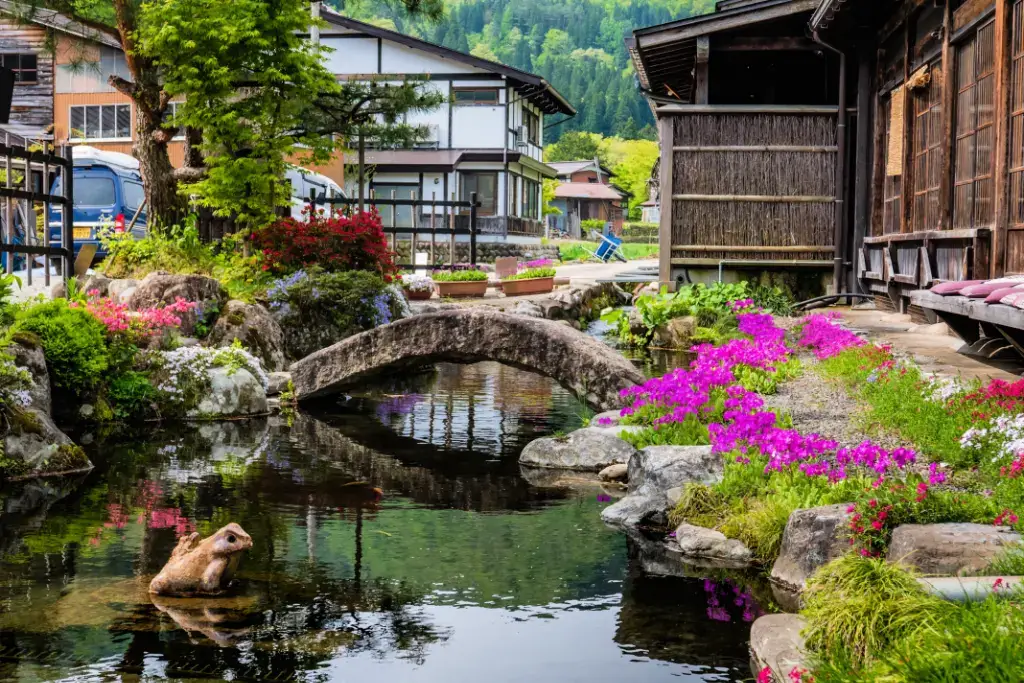
These three rules are: don’t sell, don’t lend, and don’t destroy. These rules have allowed the houses to be spared from modern redevelopment and have helped locals maintain their connection to their region. Another unique factor of Shirakawa-go is that Gassho-Zukuri is primarily found in the Gifu and the Gokayama region of Toyama Prefecture.
Are there other sites in Japan that are similar to Shirakawa-go?
Gokayama is the name for five areas up the Shogawa River located in the southwest area of Toyama. This region is home to two main villages, Ainokura and Suganuma, which also feature Gassho-Zukuri houses. The Gokanyama Gassho-Zukuri houses were designated as a UNESCO World Heritage site in 1995 at the same time as Shirakawa-go. Compared to Shirakawa-go, Gokanyama is smaller and slightly more challenging to access. However, there are also fewer modern buildings and facilities which can create a more intimate experience.
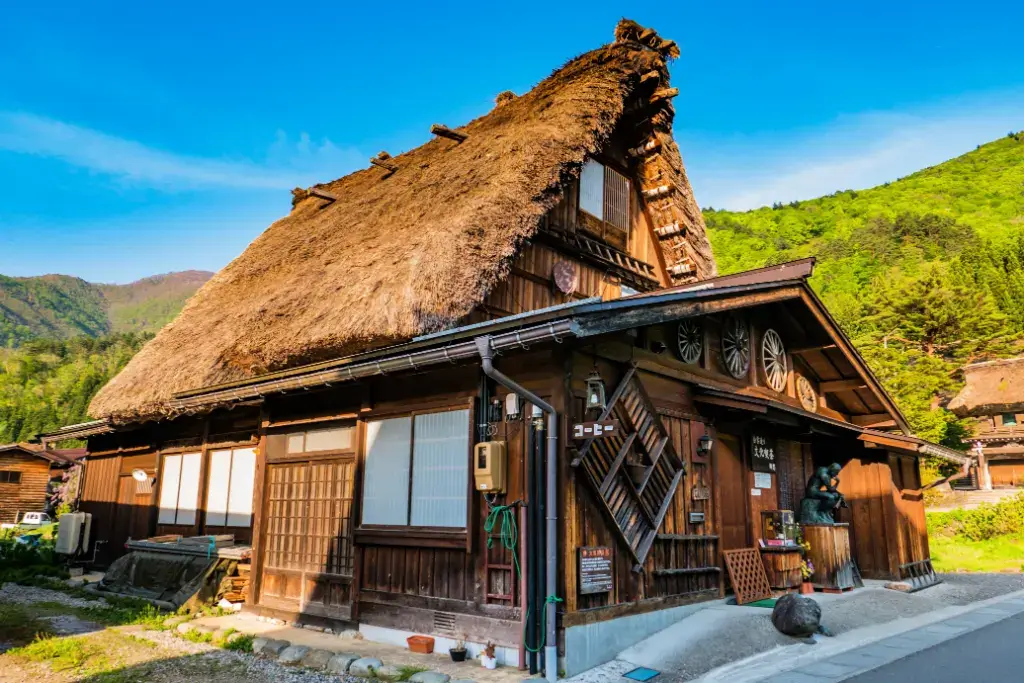
While Shirakawa-go houses are mostly museums now, locals still live in houses in Ainokura and Suganuma. Some of these locals double up their houses as shops where they sell traditional Japanese crafts such as Washi paper. In addition to the houses, you can also visit Kuroba Hot Springs, which has an open-air bath where you can enjoy the beautiful scenic views of Gokayama.
Why should I visit Shirakawa-go?
Shirakawa-go features houses that you cannot find in any other region in Japan. By visiting, you can gain new insights into how people lived in Gifu during the Edo period. You can learn how they made their houses without nails or metal and how they worked on their farms. You can also try regional Hida cuisine! Does your country have a similar village with unique historical buildings? Let us know in the comments below!


